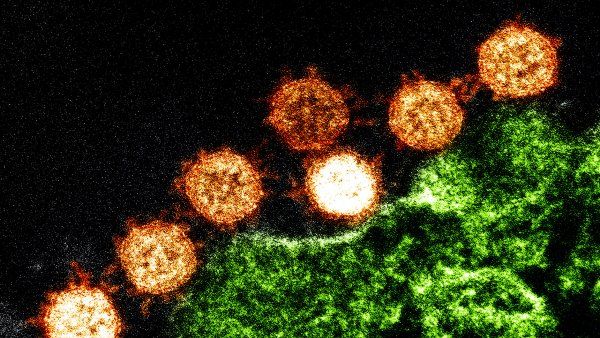Acid Reflux Drug Is a Surprising Candidate to Curb Preterm Birth
The study also identified 12 other FDA-approved drugs that are deemed safe in pregnancy.
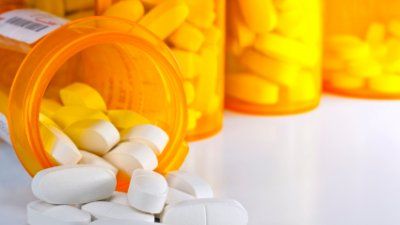
University of California San Francisco
The study also identified 12 other FDA-approved drugs that are deemed safe in pregnancy.

Researchers screened a massive library of over 150 million virtual molecules and discovered the first drugs that selectively target one of two mammalian melatonin receptors that modulate sleep-wake cycles.

The researchers uncovered efforts to sell to minorities by drawing from corporate papers such as memos, financial reports and company newsletters that are housed in the UCSF Truth Tobacco Industry Documents Library.

For a conditioned response to become long-lasting requires brain cells to increase amounts of an insulating material called myelin, which may serve to reinforce and stabilize newly formed neural connections.
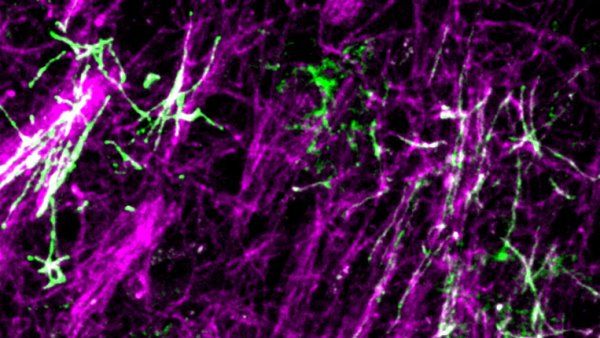
The Cancer Center, which opened Feb. 3, 2020, is located in the jointly operated Berkeley Outpatient Center.
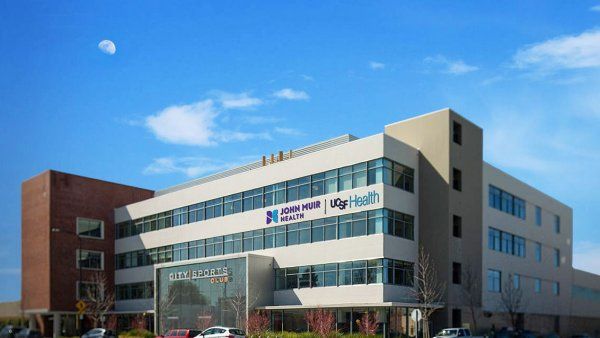
Survival may more than double for adults with glioblastoma, if neurosurgeons remove the surrounding tissue as aggressively as they remove the cancerous core of the tumor.

UCSF, which specializes in the care of patients with complex illnesses, including infectious diseases like the novel coronavirus, also treated patients during past epidemics, such as SARS in 2003.

UCSF researchers are working on deep-brain stimulation technology that can be customized to the patient’s brain make up and their own brain’s feedback.
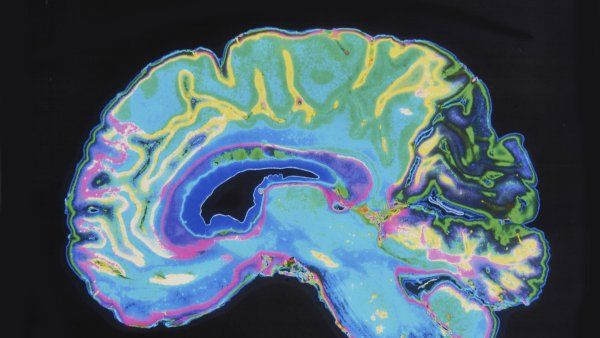
Serving the UCSF research community, RAP is a campus-wide program that facilitates intramural research funding opportunities offering basic, clinical and translational science research types of grant mechanisms.

To address a shortage in mental health providers, UCSF, in close collaboration with UC Davis and UCLA, is preparing to launch an online training program for psychiatric-mental health nurse practitioners, which aims to train 300 new mental health providers throughout the state by 2025.

Understanding the biological differences that drive distinct symptoms of Alzheimer’s disease could lead to more personalized patient care and potentially therapies targeted to patients’ individual needs.
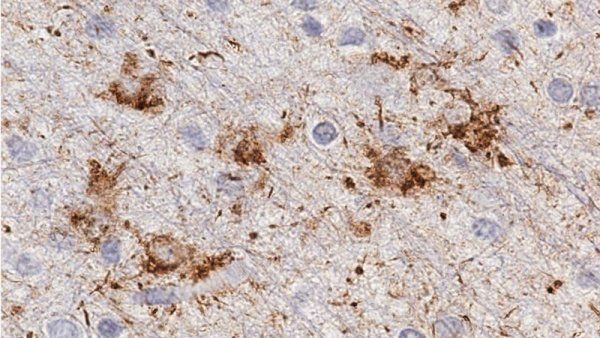
Leaders in dementia from Latin America joined community members from the Global Brain Health Institute, Alzheimer’s Association, the Tau Consortium, the National Institute of Health (NIH) and more at UCSF Mission Bay for the US-Latin American Networking on Dementia Symposium. Cohosted by GBHI and the UCSF Memory and Aging Center.

The anonymous contribution will establish an endowment, providing a steady and lasting source of income to sustain the long-term vision of the current and future deans of the school and the future of oral health.
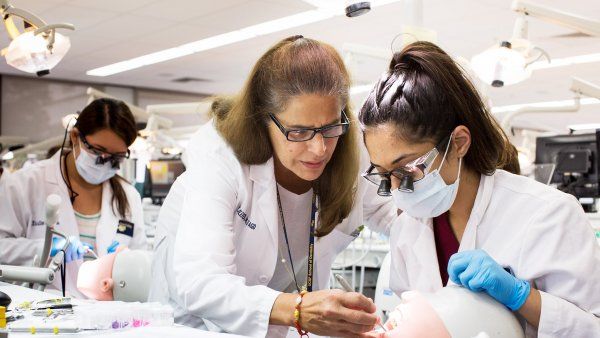
In a study of rats navigating a simple maze, neuroscientists at UCSF have discovered how the brain may generate such imagined future scenarios. The work provides a new grounding for understanding not only how the brain makes decisions but also how imagination works more broadly, the researchers say.

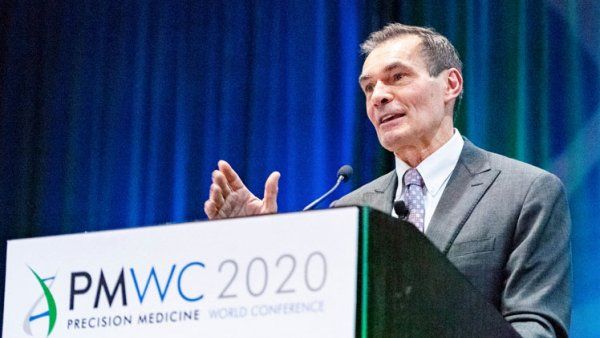
Widely used organoid models fail to replicate even basic features of brain development and organization, much less the complex circuitry needed to model complex brain diseases or normal cognition.
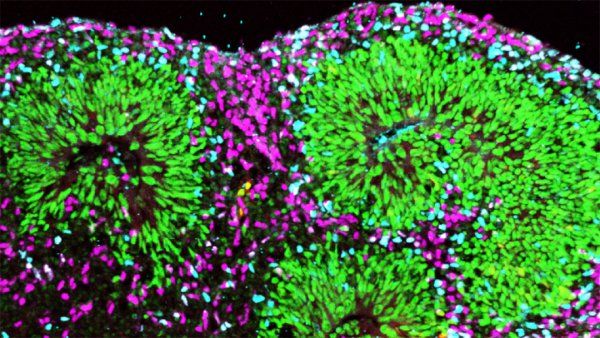
The clinics enable patients to receive UCSF primary, specialty and cancer care in convenient locations close to home.
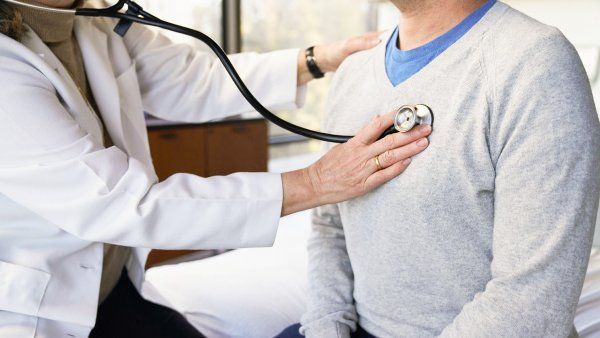
The affiliation will launch with two clinics, on Divisadero Street and in downtown San Francisco, and is expected to expand quickly into a network throughout the Bay Area.

A low-cost test that screens for excess protein in the urine has been shown to accurately identify patients at higher risk for progressive kidney disease after being hospitalized for acute kidney
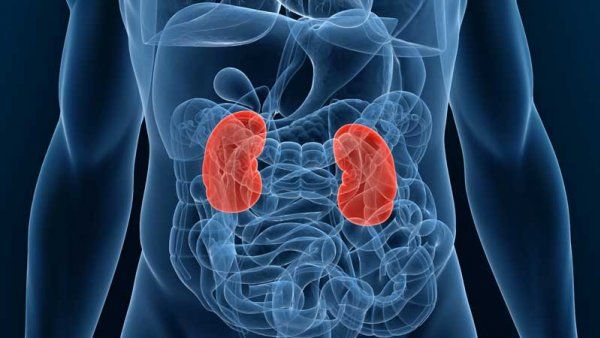
Just weeks since the viral illness was first reported in Wuhan, China, health experts globally are working on containing and treating it.To put the latest news in context, we asked UCSF infectious disease expert Charles Chiu, MD, PhD, about the origins of the Wuhan virus and public health risks going forward.
